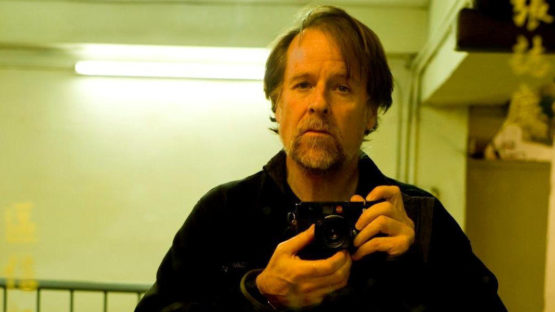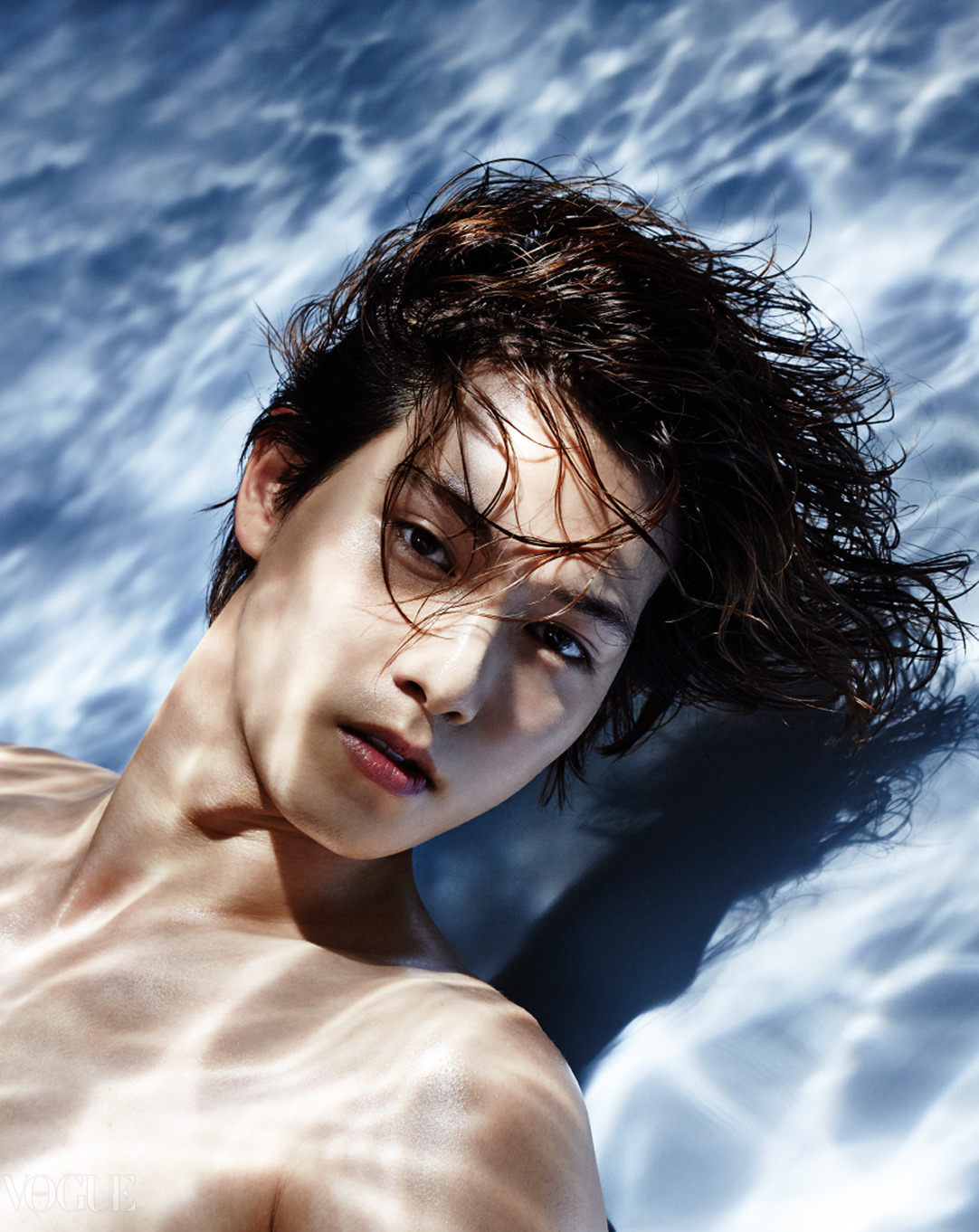Photojournalist #1:
Image of photojournalist
 |
| Photo By: Mikko Lagerstedt |
Image taken by photojournalist
 |
| Photo By: Mikko Lagerstedt |
Mikko Lagerstedt has a very interesting article, How to Keep Yourself Motivated and Take Better Photos?, in this article I learned that focus, planning, and positivity is a big deal in photojournalism. As Mikko mentions, The thing that I have found out to be one of the keys to my success and for the other photographers I spend time with is perseverance. For those who don't know what perseverance means, on the Merriam-Webster website it states, Perseverance is a continued effort to do or achieve something despite difficulties, failure, or opposition. By knowing the definition, it is understandable that there is both failure and difficulties within photojournalism. Not everything comes easy. In the article, The Gordon Parks Foundation, it states allowing him to break the color line in professional photography while creating remarkably expressive images that consistently explored the social and economic impact of racism. As a photojournalist you have to be motivated to do strive and become who you want to be in life and make yourself known.
Photojournalist #2:
Image of photojournalist
 |
| Photo By: Alex Webb |
Image taken by photojournalist
 |
| Photo By: Alex Webb |
Every photojournalist has a different story behind what motivates them. As I was reading the article, 35 Magnum Photographers Give Their Advice to Aspiring Photographers, I learned a little of what motivates Alex Webb and the advice he gives to others. Alex Webb mentions, Photograph because you love doing it, because you absolutely have to do it, because the chief reward is going to be the process of doing it. Other rewards — recognition, financial remuneration — come to so few and are so fleeting. What I take from what Webb says, it's that what should be motivating you is the fact that you love doing it not because of the amount of money you can earn from it. As a photographer, or photojournalists you should love to take images, edit, go out to search for something different, something that may be in your interest. In reality money is never guaranteed. A photojournalist should focus on their work and be happy with their end results in order to show it to the world. And they should be happy with the audience and remember that it all takes time, the money or fame comes afterwards but it shouldn't be the main focus. They have to work hard and focus on what motivates them to get to that level. On the article, Ed Kashi describing "Advocacy Journalism" it is stated that he aims for his photography to, "inform viewers but also inspire them to find activist solutions to social problems" This shows that the motivation for photojournalist should not come from money or recognition, it should come from wanting to create change in the social work. As Alex Webb says, Take photography on as a passion, not a career.
Photojournalist #3:
Image of photojournalist
 |
| Photo By: Mattias Leppaniemi |
Image taken by photojournalist
 |
| Photo By: Eric Kim |
Not every photojournalist cares about capturing the perfect images. Eric Kim has a blog in which he captures many different images. When I say, "they don't care about perfect images" it's because I read a blog from Eric Kim in which it's titled, Have the Courage to Share Bad Photos. I found this blog very interesting because that's not something you see a lot. In this blog Eric shares many random pictures that are really different and not perfect. Eric Kim is a photographer that has a super informative blog about street photography and he has been writing about the subject for years. I learned that what motivates Eric to capture images is anything he feels like photographing at the moment. Eric mentions, I feel that true liberation and freedom in photography is to be free of any sort of labels or genres. You are a unique, idiosyncratic, and one-of-a-kind human being. The way you see the world is unlike anything else. As a photojournalists you are not obligated to capture certain images, you capture images that have meaningful messages to you and you are able to share it if you feel like it. On the video Lewis Hine- A Progessive Reformer it states, photographs would encourage people to exert the force to right wrongs." I completely agree with Lewis opinion, but you an also capture images of what truly means something to you, or what interests you.
 |
| Photo By: Nahiomy Martinez |
Here is a map of what motivates me. Having to compare what motivates me and what motivates photojournalists has a few differences. Many photojournalists are motivated in different ways depending on who the person is, to some it's money, peace, fear, or passion and drive in order to show the world the clarity in this world with images and their stories. In similarities all of the photojournalist I chose want to inspire and motivate others through photographs. What motivates me? In the image above, I drew that what motivated me is: family, love, friendships, my happiness, money, enjoyment, etc.. One of my main motivator in life is my mother, she pushes me to keep going and to not give up. My mother is someone I look up to, she always supports me and is always there to help and guide me. I am very grateful and thankful for that. Also, I mentioned failure as something that motivates me. What I mean by that is that, failure motivates me in a way that if I fail at doing something, I do not give up. When facing with certain situation, it makes me go harder and push myself even more.







